Report this entry
More from the same community-collection
Neighborhoods & Shared Memories: Rio Grande To Franklin Heights
May Residence
This building is located at 1801 ...
Neighborhoods & Shared Memories: Rio Grande To Franklin Heights
Nagley Apartments
This building is located at 1100 N. ...
Neighborhoods & Shared Memories: Rio Grande To Franklin Heights
Rio Grande Apartments This building is located at 1140 Rio ...
Neighborhoods & Shared Memories: Rio Grande To Franklin Heights
Wright Apartments This building is located at 212 Montana ...
Neighborhoods & Shared Memories: Rio Grande To Franklin Heights
Rio Grande Apartments This building is located at 1140 Rio ...
Neighborhoods & Shared Memories: Rio Grande To Franklin Heights
Nagley Apartments This building is located at 1100 N. Ochoa ...
Neighborhoods & Shared Memories: Rio Grande To Franklin Heights
Hotel Dieu Hospital This building was located at Stanton and ...
Neighborhoods & Shared Memories: Rio Grande To Franklin Heights
Homan Sanatorium
This building is located at 1221 N. ...
Neighborhoods & Shared Memories: Rio Grande To Franklin Heights
Hotel Dieu Hospital
This building was located at ...
Neighborhoods & Shared Memories: Rio Grande To Franklin Heights
Hotel Dieu Hospital
This building was located at ...
Neighborhoods & Shared Memories: Rio Grande To Franklin Heights
St. Joseph's Hospital
This building was located at ...
Neighborhoods & Shared Memories: Rio Grande To Franklin Heights
St. Joseph's Hospital
This building was located at ...
Neighborhoods & Shared Memories: Rio Grande To Franklin Heights
St. Joseph's Hospital
This building was located at ...
Neighborhoods & Shared Memories: Rio Grande To Franklin Heights
Hotel Dieu Hospital
This building was located at ...
The Life of Silent Hero - Ensign Rebecca Ann Britton
A Texas student and her teacher have been selected to ...
El Paso Harm Reduction Alliance Commemorates Overdose Awareness Day on August 31st with Community Events and Resources
In recognition of International Overdose Awareness Day on August ...
2024 JLEP Provisionals on a field trip
JLEP provisionals taking a tour of the digital wall at Museum of ...

















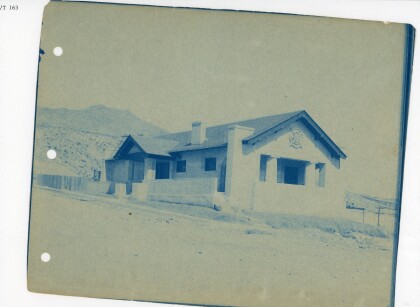
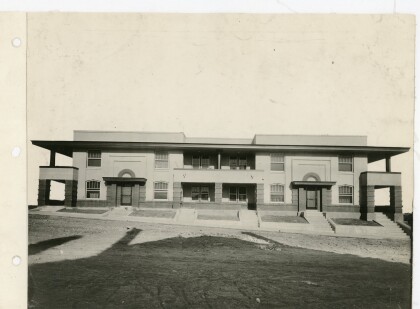
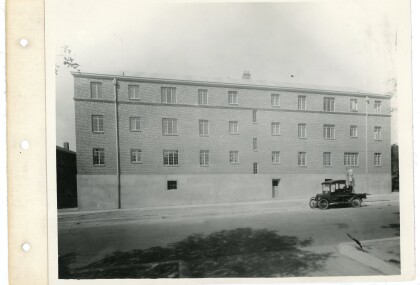
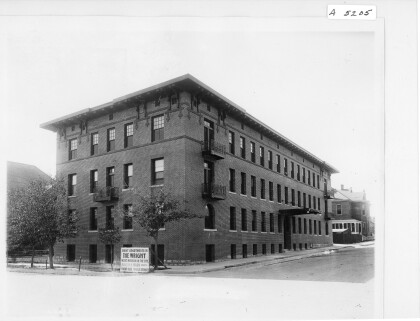
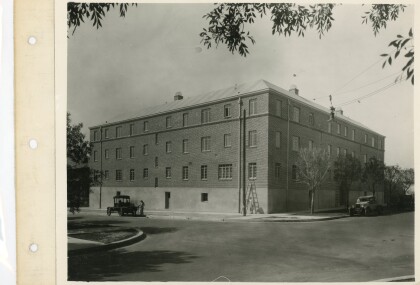
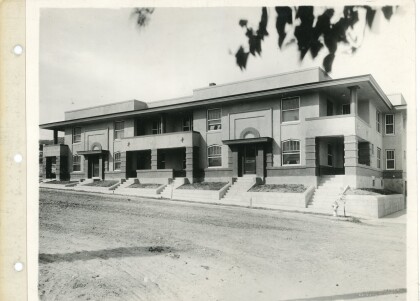
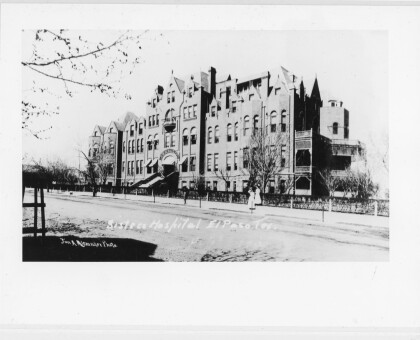
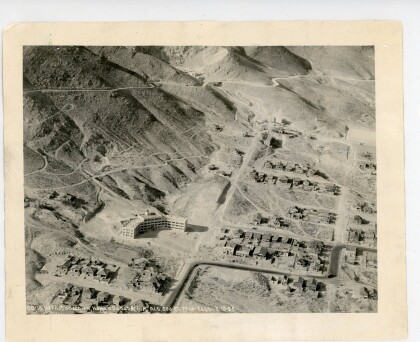
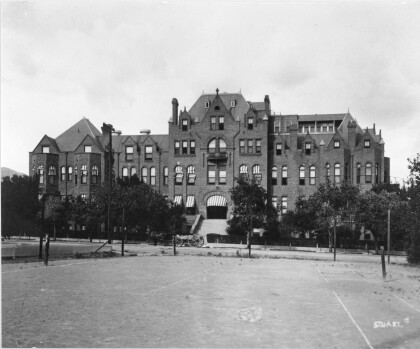
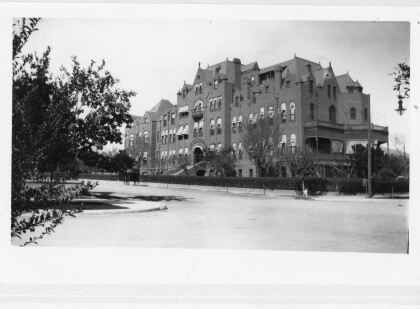
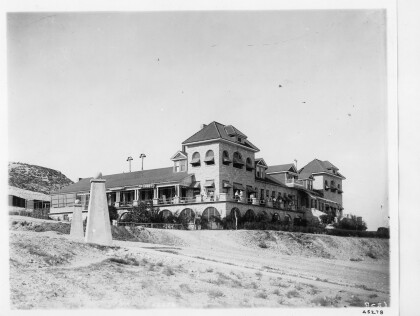

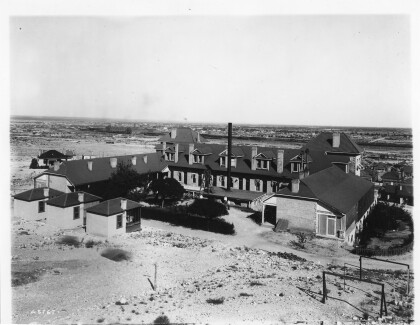
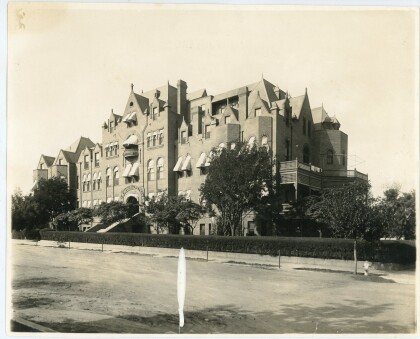
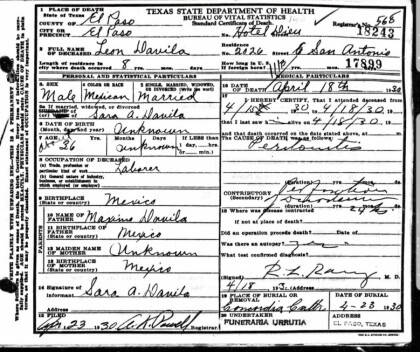

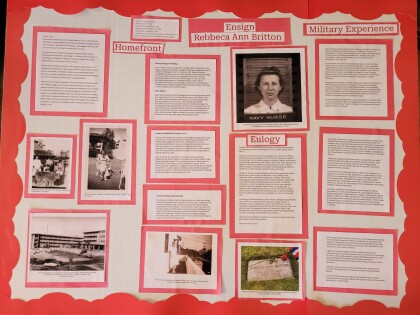
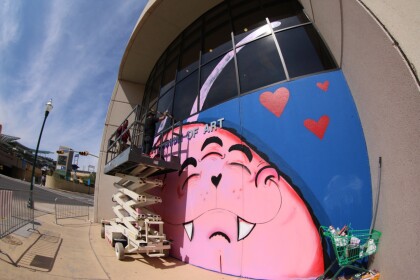

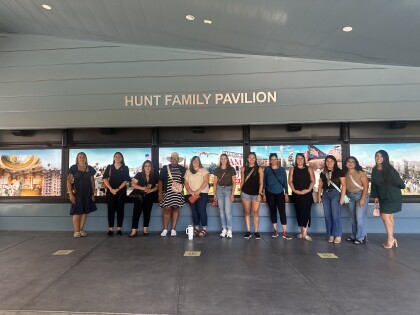
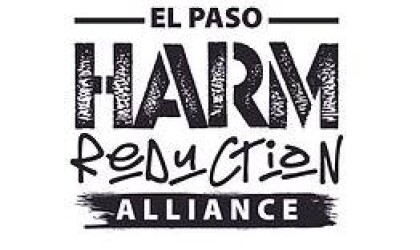
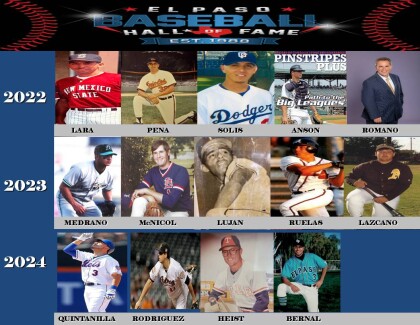

Comments
Add a comment